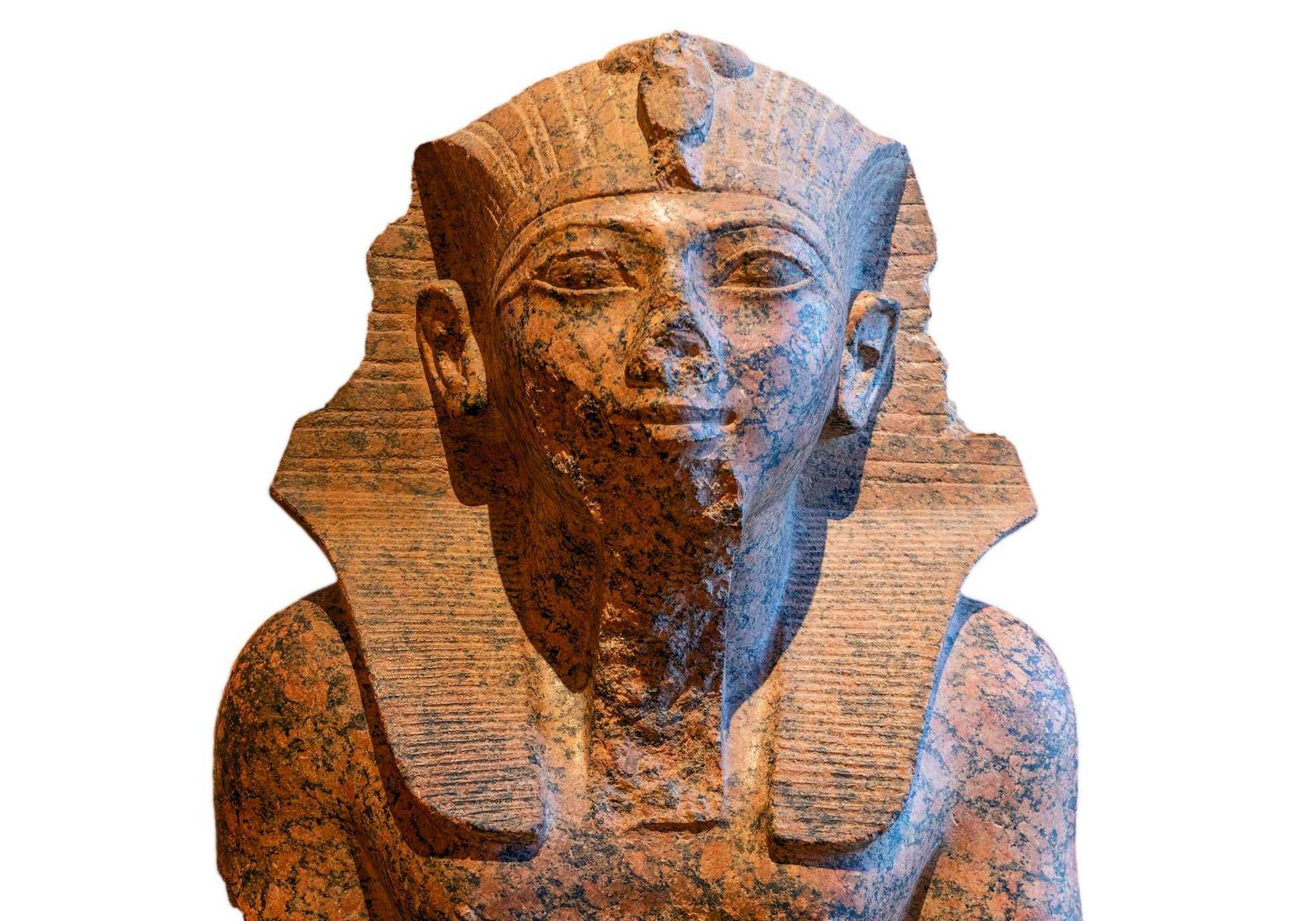BY DAVE RANKIN
After the passing of his father Amenhotep 2nd, his young son Thutmosis 4th ascended to the throne. It was once believed that his reign lasted around thirty-five years. However, this is not true. The high priest Manetho attributed the reign to nine years and eight months beginning around 1401 BCE. Upon researching the 8th nesew or king of the 18th Dynasty, I found that there were very sparse records kept. Nevertheless, we will do our very best to deliver the information that I have located thus far.
Although he was born of royal blood, he was not a direct successor. This only happened due to the passing of his older brother. When he had come to the throne, Tuthmosis 4th had minor campaigns in the Palestine/Syria region and Nubia. As mentioned before, we have seen where there has been a transition on the throne; a rebellion would arise from some of the colonies that belonged to the empire. This was no different. Once word was received, he quickly led a company of soldiers to quell each of the uprisings.
So far, I have not located any records on what transpired during the battles. It seems that the first campaign happened early in his reign, while the campaign in Nubia occurred around the 8th year. We only know that he was successful, and both areas fell in line to resume the order of things. Other than that, Thutmosis 4th had inherited a quiet peaceful empire. This of course was due to the efforts of his predecessors, his father Amenhotep 2nd and grandfather Thutmosis 3rd.
Once of the most significant accomplishments made during the reign of Thutmosis 4th was the peace treaty signed with the Mitanni Empire of northern Syria. They both sensed the growing influence of the Hittite Empire of then Asia Minor and found it to be prudent to join forces to keep their mutual enemy at bay. This treaty would last in place for well over a hundred years until it fell to the aforementioned foes sometime during the late 1300’s. A trove of gifts presented by both sides cemented the peace treaty. The ancient city of Alalakh, present day Açana of Turkey was ceded to the Mitanni and the union between a Mitanni princess and Thutmosis 4th took place.
There is a legend that is associated with Tuthmosis 4th that took place prior to his ascension. It speaks of the pharaoh as a young prince who was riding on his chariot during one of his favorite pastimes, hunting. It begins with the prince driving ‘His chariot whose horses were swifter that the wind.’ After the hunt, ‘when the sun had reached its highest point’ Thutmosis 4th fell asleep and ‘beheld the majesty of the August God’ who then spoke to him as a ‘Father speaks to his son.’
‘O my son… I am your father Harmachis-Khepri-Ra-Atum. I shall give you my reign upon earth over the living and you shall wear its crown…’
Just to provide some background to this legend. The god Heru/Horus in the form of Harmachis or the Great Sphinx of Kemet spoke to the young Thutmosis 4th that day. The deity promised to grant rule of Kemet in return that he takes care of the statue. The legend continues ‘Behold, my state is like one who is pain, and my entire body is out joint. For the sand of the desert, presses upon me. I have waiting to have you do what is in my heart; for… you are my son and my champion.’
Thutmosis 4th took these words to heart. For he began the excavation of Harmachis right away and was later granted the throne. He later erected a stele, which sits in between the paws of this great statue to this day. This stele recants this very story of how the young prince recovered Harmachis from the clenches of the desert sand.

